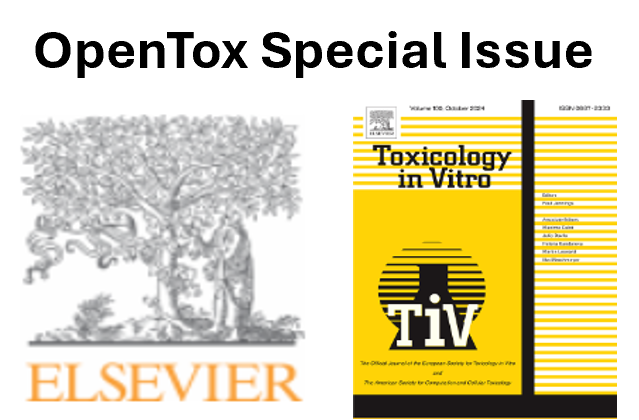Eva Bay Wedebye has worked with development and use of QSAR models for regulatory purposes for around 25 years. The first 5 years she worked in the Danish Environmental Protection Agency after which she moved to her current workplace, the Technical University of Denmark. She leads a research group on risk assessment, including QSAR. She participates in various national and international research projects and her QSAR team develops and maintains the freely available online Danish (Q)SAR Database and Models websites, with predictions from many QSARs for 650,000 substances. As part of her job, she advises the Danish EPA on regulatory use of QSAR and participates in OECD and EFSA expert groups.
Retinoic acid receptor (RAR) antagonism modelling with focus on in-house practices for data curation, model validation and reporting
E. B. Wedebyea, A. C. V. E. Nissena, N. G. Nikolova
aTechnical University of Denmark National Food Institute Research Group for Chemical Risk Assessment and GMO 2800 Kgs. Lyngby, Denmark
The RAR is part of the endocrine retinoid system, which is regulating several biological processes such as reproduction/embryonic development and immune responses, and disruption of this system could cause adverse effects on multiple organs.
In this project for the Danish EPA, QSAR models were developed for RAR antagonism based on Tox21 qHTS data for 9,667 substances. Data curation by a pre-defined rigorous procedure to extract the most robust positive and negative experimental results was performed and reported minutely [1]. Training and validation sets were prepared for two endpoint definitions with: 1) positives having an IC25 at a non-cytotoxic concentration of a maximum of 10 µM and 2) positives having an IC25 at non-cytotoxic concentrations without a cut-off.
External validation sets were made by randomly excluding 20% of the substances (with pos/neg balance as the full set). Initial models were developed on the remaining 80% of substances, and these models underwent 10 * 5-fold cross-validation and external validation. Final expanded models were developed based on the full set, i.e., including the previous external validation set, and underwent 10 * 5-fold cross-validation.
Modeling was performed in the LeadScope Predictive Data Miner (LPDM) software (LES v.3.5.3–5). Models and predictions will be included in the Danish (Q)SAR Models and Database free websites [2].
This presentation will have a special focus on in-house practices in relation to:
- Data-curation for training and validation sets by generic procedure where model outliers are only excluded if errors are documented
- Cross-validation to obtain external predictivity measures, with a procedure corresponding to repeating external validation n times, therefore referred to as ‘external cross-validation’
- Model stability/robustness assessment based on calculations of standard deviations (SDs) of sensitivity and specificity, here effectively for 50 models in a 10 * 5-fold cross-validation
- External validation to obtain predictivity measures with uncertainly assessment by 95% confidence intervals (CIs) for sensitivity and specificity by the exact Clopper-Pearson method [3]
References
- N.G. Nikolov, A.C.V.E. Nissen, E.B. Wedebye, Env. Tox. Pharm. 98 (2023)
- https://qsar.food.dtu.dk
- R.G. Newcombe, Stat. Med., 17 (8) (1998), 857-872

